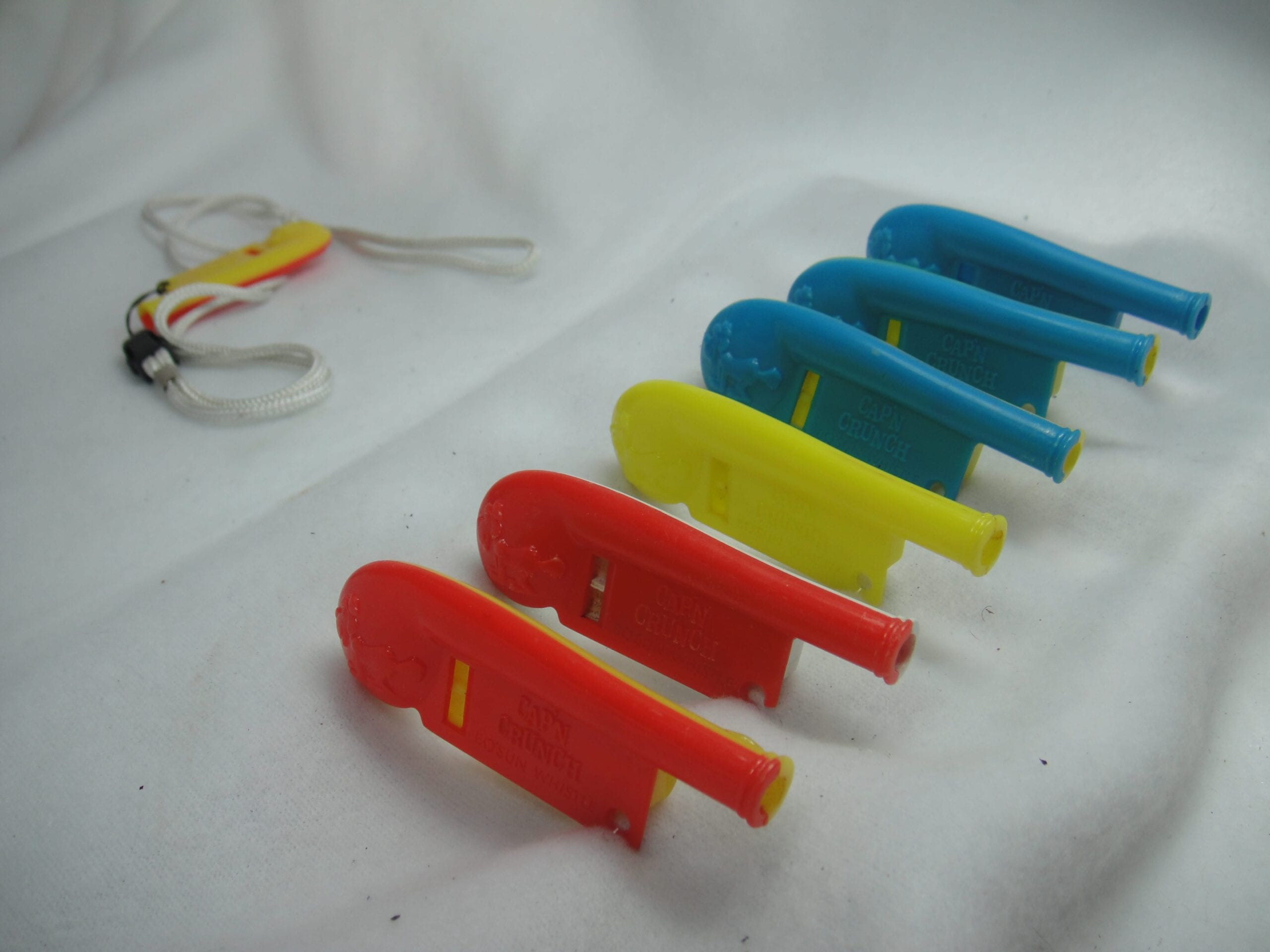

However, they did not let the absence of a cane prevent them from getting where they wanted to go. Although it is clear that many of them traveled with the assistance of a sighted guide, we also have reports of how individual leaders secured rides and traveled unescorted when the need arose. This took great confidence and determination. However, in those days, cane travel training was not available.Īt a meeting of the Board of Directors, the issue of traveling in the cities was discussed. On December 28, 1920, the organization adopted a policy supporting the idea of using whistles as a travel aid. The idea was that the blind traveler would stand at a street corner and blow the whistle, thereby letting passersby know that he or she needed assistance to cross the street. The organization helped to purchase and distribute whistles for many blind people traveling in St. In 1926, the Board of Directors heard about blind people in other states traveling with reed canes. The board members thought that these canes might prove of help to blind people in Minnesota, and so started a search for these canes.ĭue to the efforts of the membership White Cane ordinances were passed in Minneapolis and St. In March of 1945, a White Cane ordinance was passed by the state Legislature.Ī White Cane committee was established in 1934 to secure donations for white canes to be distributed to blind people. The committee set standards for the canes to be three feet long and white. If the white cane was to be a symbol to the sighted community that the person carrying the cane was blind, education of the public needed to be done.

So the committee got on many talk shows and news broadcasts to spread the message. Leaflets were printed and distributed to the public. Efforts were made to interest the press in the whole white cane issue.īlind people from other states were asked to speak at conventions about how the white cane was used and accepted in their communities.

spoke to the semiannual convention on the use of the white cane in her state and in Paris.
#Blind man whistle phone how to#
Torger Lien, a longtime member of the organization and a travel teacher at the Braille and Sight Saving School in Faribault, worked with many blind people, teaching them how to travel independently using all of the tools and sensory cues available to them. On December 30, 1948, at the semiannual convention, he made a presentation to the convention on the proper way to hold the cane when crossing the street. It was his contention that the cane should be held vertically instead of horizontally, as many people had been taught. The convention passed a motion in support of this notion. At the Septemboard meeting the purchase of hickory canes that the organization would sell to blind people was approved. In 1946, plastic canes had been purchased. They sold for $.90 but did not seem to sell well after the first few months. With all of the enthusiasm shown by the blind community for the cane, one wonders why there was so much shame and stigma attached to it. One reason may be the attitude of the sighted professionals in the field of work with the blind who are supposed to teach the skills and alternative techniques required to travel independently without sight. In 1975, the NFB of Minnesota fought for the right of a student at the Minneapolis Society for the Blind to carry her cane in the building. Instructors at the Society felt that the cane should not be used for indoor travel. The very people who were supposed to be promoting the cane as a tool for independent travel to be carried with pride were ashamed for it to be used indoors.


 0 kommentar(er)
0 kommentar(er)
